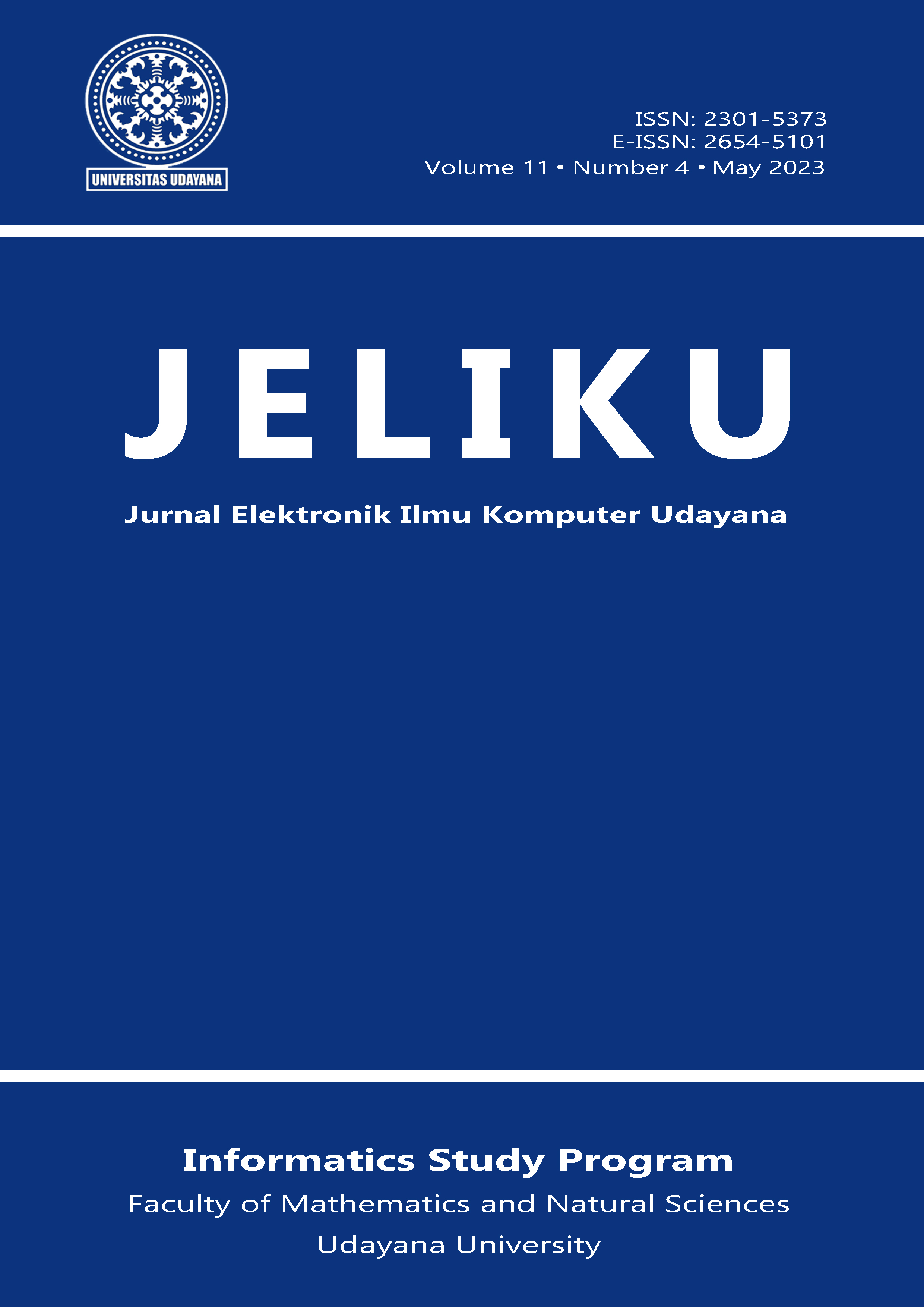Prediksi Kualitas Udara Suspended Particulate Matter dengan Algoritma Backpropagation
Abstract
Suspended Particulate Matter (SPM) is particulate dust emitted from several activities such as transportation and industrial factory areas, one of which is PM10. Currently particulates as one of the causes of air pollution are quite a concern in various countries which have an impact on human health. suspended particulate matter stays in the air and does not easily settle and float in the air, on average around 50% - 60% of the suspended particles are 10µm or PM10 in diameter dust so it is very easy to inhale and enter the lungs. So that this research was appointed to predict the concentration of suspended particulate matter using the Backpropagation Algorithm. In this study, three artificial neural network models were built, each of which has a different level of accuracy, the Backpropagation network architecture that produces the highest accuracy value is by using a network scheme of 3 input layers, 20 hidden layers and 1 output layer with a learning rate. 0.8, the target error is 0.001 and the number of epochs is 10,000, the predicted results of the suspended particulate matter concentration obtained using this model can be said to be good because it produces an MSE value of 0.037 with an accuracy rate of 95.526 %.






